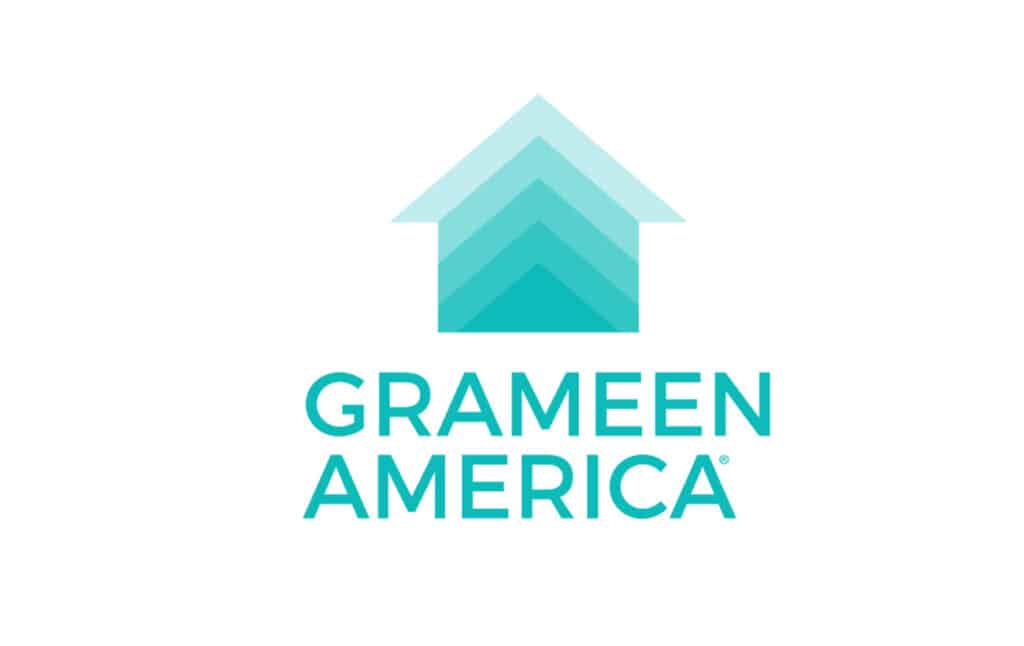In the context of economic uncertainty, staffing shortfalls, and the necessity to leverage signals beyond the third-party cookie, it is unsurprising that advertisers are now turning towards artificial intelligence (AI) and other automated solutions to repurpose their ad infrastructure for leanness and agility. Research released this year by ExchangeWire, in association with Scibids, revealed that 42% of UK programmatic spend used algorithmic decisioning or AI, driven by operational efficiencies, convenience, and revenue gains.
With these factors only set to gain more prominence as marketing budgets tighten, ExchangeWire speaks to a range of industry experts for their predictions on how marketing infrastructure and automation is set to evolve over the course of 2023.
Automation: cutting costs, increasing output, and boosting the bottom line
It is a known fact that modern consumers will only engage with brands that resonate with them on a personal level. As the cost of living continues to skyrocket, buyer behaviour will evolve and the need for hyper-personalisation strategies will increase. Brands must look for new ways to enhance engagement and increase customer acquisition without breaking the bank.
To stay competitive, brands need to respond to customers in a personalised way – an impossible task without automation technology. Automation improves efficiency by running pre-programmed campaigns across an ever increasing number of channels, reduces error rates, increases performance optimisation in real time, and allows marketers to evaluate data driven insights into buyer behaviour for a first-rate customer experience.
At a time when it is more important than ever to attract and retain customers, automation technology is a key way to cut costs, increase output, and boost bottom line results.
Jay Kulkarni, CEO, Theorem Inc.








